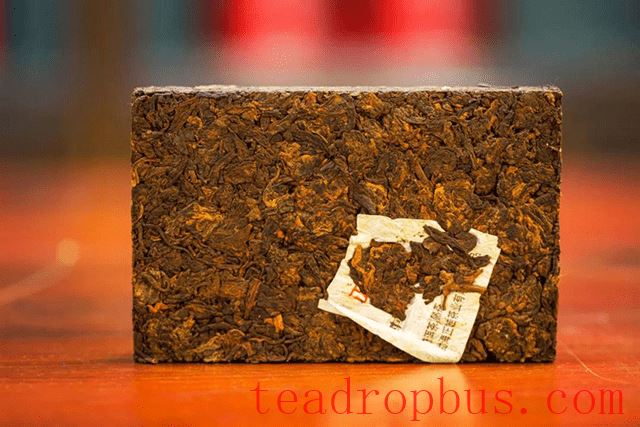Not all types of Tea are suitable for long-term storage. In fact, some teas lose their flavor and quality over time. However, certain teas, especially those that are fermented or semi-fermented, can improve in Taste when stored properly. This article will explore which teas are suitable for long-term storage and how to store them correctly.

Types of Tea Suitable for Long-Term Storage
The following are several types of tea that benefit from aging and improve with longer storage:
- Pu'er Tea: Pu'er tea is divided into raw (sheng) and ripe (shou) varieties. Raw Pu'er, in particular, becomes smoother and richer in flavor as it ages.
- White Tea寿 Mei, Bai Mudan, etc.): As white tea ages, it develops a richer aroma and flavor profile.
- Dark Tea: Apart from Pu'er, other dark teas such as Anhua Dark Tea and Liubao Tea are also suitable for long-term storage.
- Aged Oolong Tea: Certain oolongs, like aged Tieguanyin, develop unique aromas when stored properly.
Conditions for Storing Tea
To ensure the quality of tea improves during storage, the following conditions must be met:
- Appropriate Humidity: Too low humidity is not conducive to aging, while too high humidity can cause mold.
- Appropriate Temperature: High temperatures can accelerate oxidation, affecting the aging process.
- Avoid Direct Sunlight: Prolonged exposure to direct sunlight can degrade the chemical components in tea, impacting its quality.
- Avoid Strong Odors: Tea easily absorbs surrounding odors and should be stored in an odor-free environment.
Time and Quality Changes During Tea Storage
Different types of tea have varying relationships between storage time and quality changes:
- Pu'er Tea: Raw Pu'er typically requires many years, sometimes decades, to reach optimal flavor.
- White Tea: The aging process for white tea is slow, and it usually takes at least three years to start noticing significant changes.
- Dark Tea: Dark tea requires less time for aging but still needs several years to enhance its quality.
- Aged Oolong Tea: The aging time for aged oolong varies by type and generally takes several years.
How to Determine If Tea Is Suitable for Further Storage
During storage, you can judge whether the tea is suitable for further storage through the following methods:
- Aroma: The aroma of tea should become richer and deeper over time. If there is a musty smell or other off odors, it is not suitable for further storage.
- Taste: The taste of tea should become more mellow as it ages. If it becomes bland, it may have passed its prime.
- Color: Changes in color can also serve as a reference, such as the deepening of the tea liquor's color in Pu'er tea as it ages.
Storing tea is an art, and for teas suitable for long-term storage, proper storage methods and appropriate conditions are key. By understanding the storage characteristics of different teas, tea enthusiasts can better enjoy the aroma of aged tea and experience the unique charm that time imparts to tea.